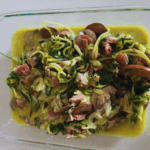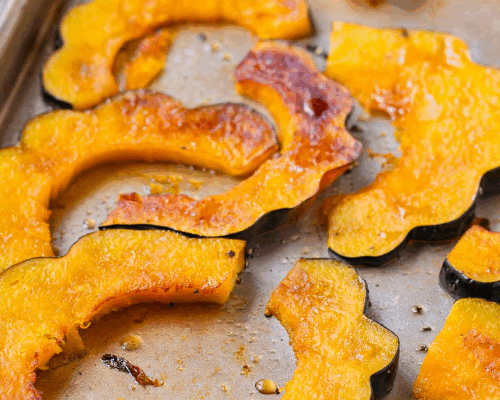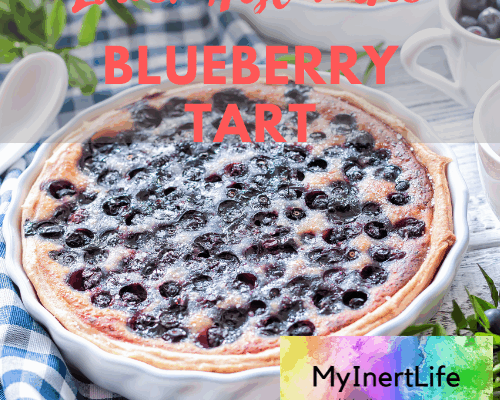Here’s my recipe for homemade coconut yogurt that uses homemade coconut milk! Yum!!
I’ve taken a deep dive into yogurt making since I’m currently doing the Specific Carbohydrate Diet (SCD). Yogurt is very healing for the gut and I’ve found a probiotic that is helping support my gut recovery after being chronically ill for so long.
This recipe conforms to the SCD and the GAPS diets because the yogurt can be cultured for 24 hours. Though honey is added to the recipe, it is used up by the yogurt cultures during the culturing process. So technically this is considered plain or unsweetened yogurt.
Often yogurt is not tolerated by people with histamine intolerance, so this recipe isn’t for everyone. But if you can tolerate coconut milk and yogurt you can give this recipe a try. Start with a very small amount to determine if your body tolerates it.
As an Amazon Associate, I earn from qualifying purchases.
Table of Contents
Ingredient notes for homemade coconut yogurt
For this recipe, you use organic dried unsweetened coconut flakes and water to make the coconut milk with a high-speed blender and nut milk bag. I like this brand of coconut flakes. The reason for using coconut flakes to make homemade coconut milk rather than just opening a can of coconut milk is that canned coconut milk is notoriously contaminated with plastics. All canned food cans have a layer of plastic to keep the food from reacting to the metal. Even cans that are labeled “BPA free” have plastics; it just means that the manufacturer used a different form of plastic containing BPS. See this post for more info on unsafe plastics. Tetra-packs contain a layer of plastic too. The fat in coconut milk — coconut oil — readily attaches to the plastic molecules in coconut milk packaging. So, I’m trying to avoid plastics altogether by making coconut milk at home, preferably in a blender with a metal (not plastic!) blender cup. VitaMix, Waring, and Omega are all brands that make stainless steel blender containers.
When you make yogurt, the magic happens when you add probiotic cultures which convert the milk to yogurt. There are several ways to do this. You can purchase a yogurt starter like this vegan one. You can add a capsule of your favorite allergen-friendly probiotic. Or you can add some ready-made yogurt.
My favorite probiotics are made by Biotiquest. I’m not an affiliate so I don’t make anything if you purchase from them. I use two of their probiotics for making yogurt: Sugar Shift, and Simple Slumber. To use these probiotics in yogurt making you add a couple of capsules of the probiotic powder to the coconut milk to start the yogurt culturing. These probiotics are tailored for specific gut issues. You can learn more about gut dysfunction and healing your gut with beneficial probiotics from the book SuperGut.
Coconut differs from dairy milk in the fat and sugar content, so you need to add a sweetener of some kind (honey or sugar, which the microbes will eat), and a thickener. Commercial vegan yogurts often use gums, which many people with MCAS can’t tolerate. Coconut milk yogurt doesn’t firm up like dairy yogurt, so this recipe also calls for gelatin or tapioca starch to make the yogurt set. So, technically this recipe isn’t vegan if you use gelatin and honey. To make it vegan you can use sugar instead of honey, and a vegan thickener like tapioca starch instead of gelatin. Using tapioca starch during the culturing process also ensures that the beneficial microbes have enough food to eat during the culturing process.
What is MCAS?
Mast Cell Activation Syndrome (MCAS) is a chronic condition that affects all organ systems. MCAS is serious and disabling and people with MCAS often experience significant and debilitating symptoms daily, including anaphylaxis, which can be fatal.
MCAS is often found in combination with other chronic conditions such as Ehlers-Danlos Syndrome (EDS) and Postural Orthostatic Tachycardia Syndrome (POTS).
Healthcare providers frequently do not know about MCAS, and the tests for MCAS are problematic because they are not uniformly reliable. MCAS can be difficult to manage. Treatments include blocking mast cell mediators with anti-histamines and mast cell stabilizers, as well as avoiding triggers.
Check out this post on how to manage MCAS.
Why this recipe?
I’ve been following the SCD lately as part of my spring detox. With the SCD you avoid all fermentable carbohydrates, so this recipe is grain-free and refined-sugar-free.
SCD relies on food as medicine, so cultured yogurt is used as food to heal the gut. If tolerated, on the SCD you can also eat probiotic-rich foods like sour kraut, but again, you need to make sure you can tolerate them first because fermented foods are high in histamine.
The bucket theory
The bucket theory offers a helpful analogy for understanding symptom reactions with MCAS.
Think of your body as an empty bucket that you want to keep from overflowing. Different foods and activities fill your histamine bucket at different speeds but they combine to form the total level of histamine in your body (how full your bucket is). A fuller bucket means you have more histamine symptoms. When you manage triggers, reduce exposure to known triggers, and take medications and supplements to reduce histamine, you can manage the level of your bucket.
Know your typical symptom progression
Knowing your symptom progression in a symptom flare is the key to developing your rescue plan. In this post, I discuss how to determine your symptom progression. Once you know what typically happens in your symptom progression you can design a rescue plan to address those symptoms.
Get my free ebook, symptom log, and meal plan!
Want a tool to easily keep track of your symptoms? Sign up for my newsletter and you will receive my free 50-page ebook of lower-histamine, grain-free, sugar-free recipes, my free symptom log, and a free two-week meal plan!
-images.mailchimp.com/embedcode/classic-061523.css” rel=”stylesheet” type=”text/css”>



